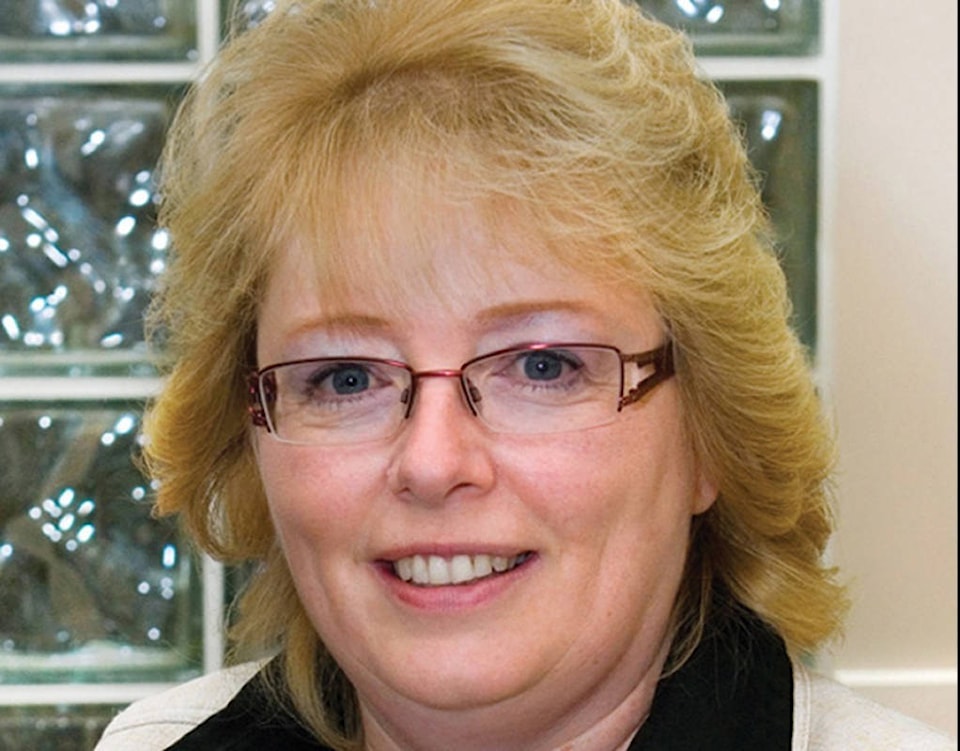The Alberta Electoral Boundaries Commission provincial boundary review’s proposed changes are drawing concern from County of Wetaskiwin councillors.
The County of Wetaskiwin is currently split between four electoral constituencies, and the proposed changes could increase the number to five.
In designing the boundaries, the commission will be taking relative population density throughout the province into consideration, as well as common community interests, existing municipal and natural boundaries, and effective representation.
“Our county had three MLAs, to 4 four MLAs … And now we’re looking at five MLAs,” said CAO Frank Coutney.
He is concerned the expansive constituencies will lead to confusion and a lack of voter turnout.
By the new proposed boundaries, the County of Wetaskiwin would be split between the constituencies of Devon Parkland, Drayton Valley-Rocky Mountain House, Lacombe-Ponoka, Wetaskiwin-Camrose, and Stettler-Wainwright.
“We’re going to have a significant impact out west,” said Coutney.
The western county areas of Winfield, Buck Lake, and Alder Flats are proposed to be added to the Drayton Valley-Rocky Mountain House constituency, which stretches to include Sundre and Jasper, says Coutney.
“That’s a lot of land,” said reeve Kathy Rooyakkers.
“To me this is just awkward,” said Coun. Larry McKeever.
“As far as Devon … This is confusing. People won’t really care to see where they’re voting and who’s representing them,” he added.
Historically, the four First Nations, including Samson Creek Nation, Louis Bull First Nation, Ermineskin Cree Nation and Montana First Nation, have been split between Wetaskiwin and Ponoka focused constituencies. Now they are proposed to all be included in Wetaskiwin-Camrose.
Rooyakkers says the issue is MLAs have already built relationships following the last boundary review and now they are changing again.
Electoral boundary reviews are supposed to take place after every second provincial election. A review took place after the last election, says Rooyakkers, and she would have liked to see the effect in the full eight-year period.
McKeever says he also would have liked to see the eight-year scheduled be honoured.
Coun. Garry Dearing questioned how an MLA with such a large constituency is going to be expected to give the smaller, rural municipalities their due diligence and effectively represent the sparser areas.
“We’re slowly losing our voice,” said Rooyakkers.
“It’s strictly a numbers game,” said Dearing.
During its June 6 meeting council rescinded a motion to accept the boundary review as information and approved a directive to have administration draft a response to the commission, which will be brought back to council at its July 18 meeting.
